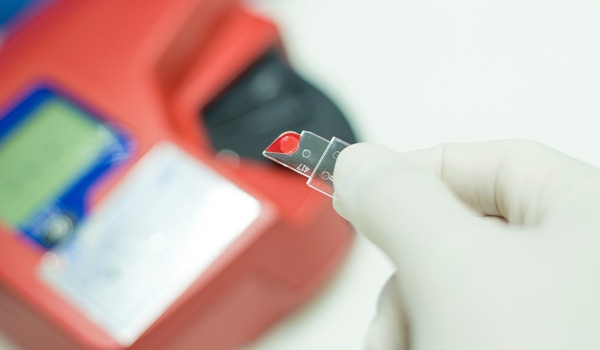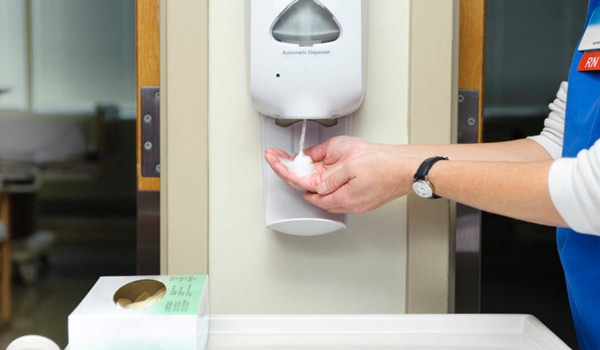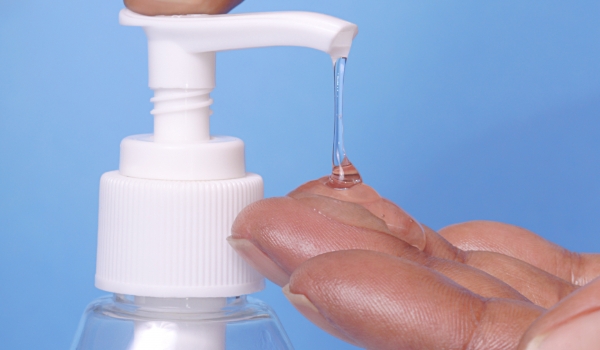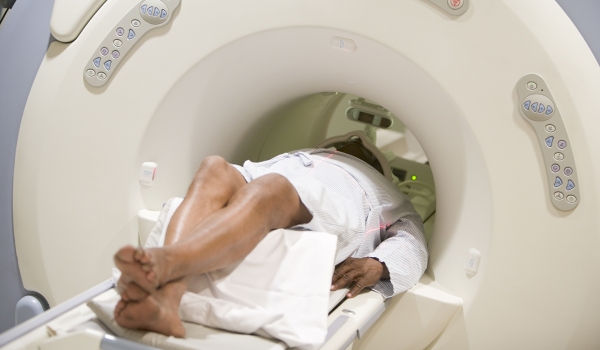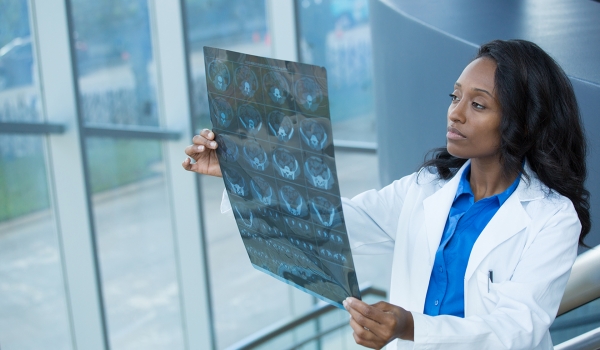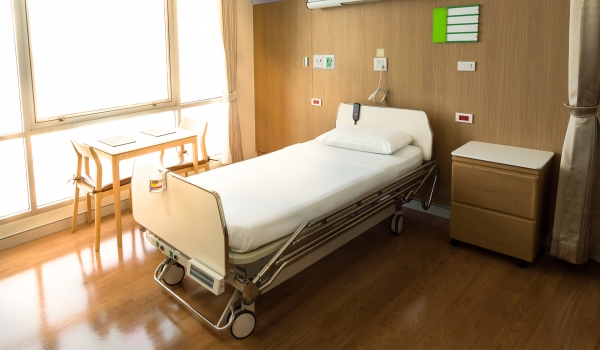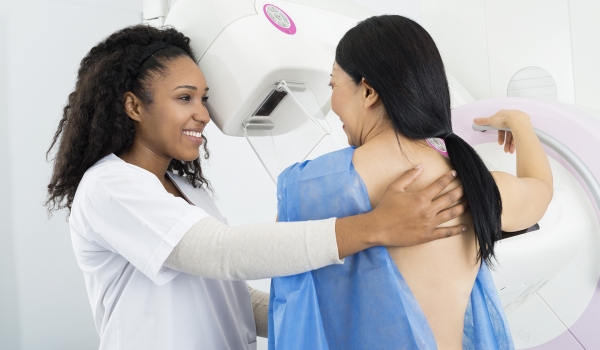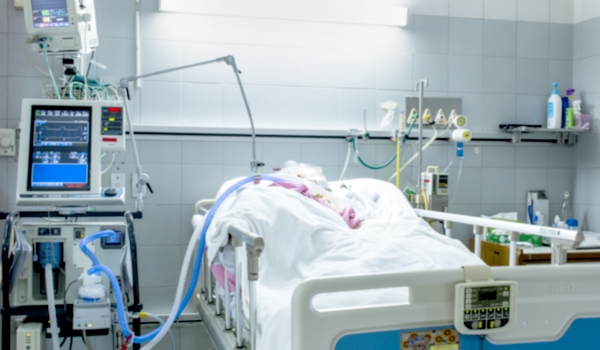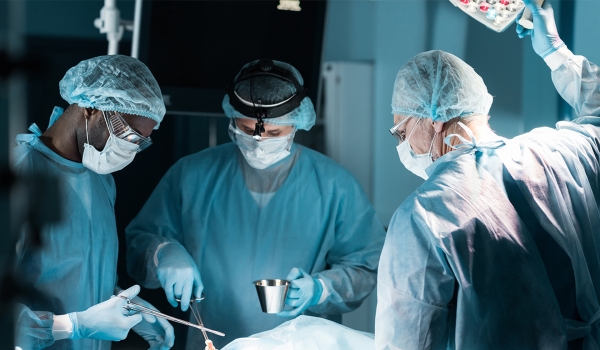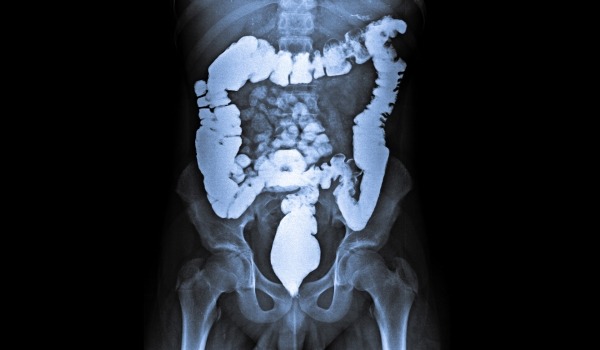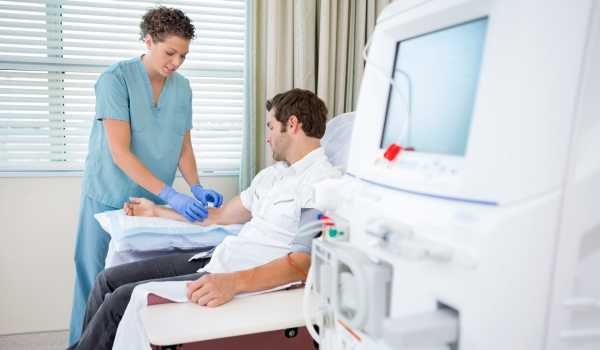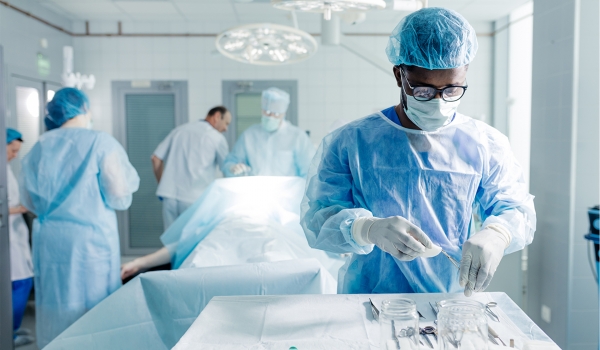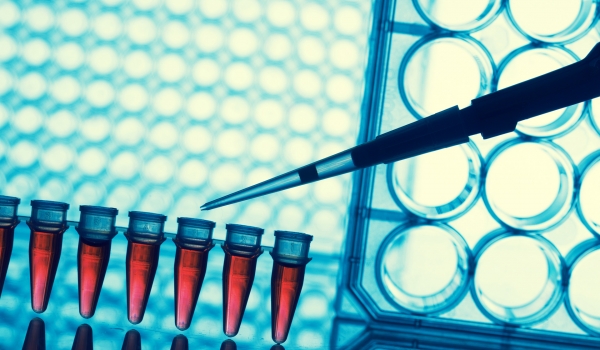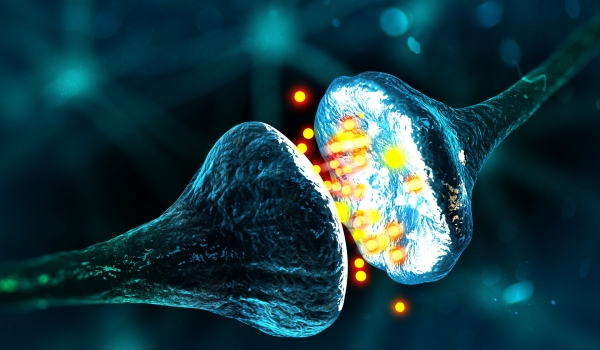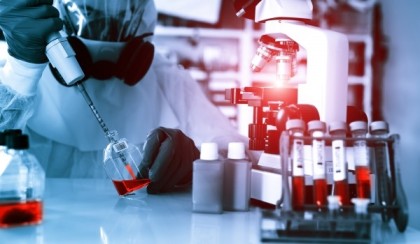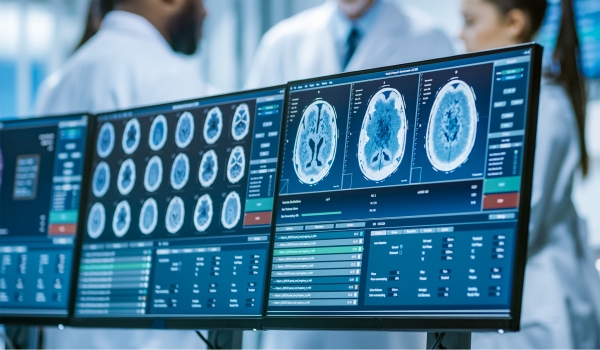12 June 2019
Medical Technologies Revolutionizing the Healthcare System in India
By Chandra Ganjoo,
Executive Director & Head Corporate Communications
Trivitron Healthcare Group
Technology has elevated many industries in India over the last few decades, but one such industry that has witnessed an unprecedented revolutionary change is the healthcare ecosystem in the country. India is one of the fastest growing economies of the world, and access to quality healthcare for every citizen is substantial to continue the momentum. Healthcare service providers are under constant pressure to reduce costs and improve patient outcomes and therefore improvements in technology will only ensure better outcomes and provide affordable access to healthcare, thus bridging the gap between the rural pockets and developed cities.
Since the last few years emerging technologies such as Artificial Intelligence, Big Data and digital healthcare startups, new and improved medical devices have reshaped the healthcare system and directly aided a patient’s life and treatment. Medical technology is an integral part of the entire healthcare ecosystem in a country, right from screening and diagnostics to treatment and care and monitoring patient’s health post treatment. The MedTech industry is witnessing rapid transformations and advancements in technology such as AI, 3-D printing, Newborn screening, genetic medicine, radiology, mass spectrometry etc. all of these technological advancements have promising aspects for future.
Today medical technology can provide enhanced patient care in areas such as newborn screening, critical care solutions, imaging techniques, robotically assisted invasive procedures etc. and so increase the average life-span of a human being. Newborn screening methods have now evolved to diagnose a number of inborn errors of metabolism and other congenital disorders which if left untreated, may develop into significant or persistent disability or even death. The benefits of newborn screening are so well established that many countries have integrated newborn screening into their national health program subsequently making considerable improvements in infant mortality rates.
Significant advancements, have been made in radiological diagnosis and imaging technology. While 3D mammography has been greatly advantageous in tumor detection, the addition of tomosynthesis to digital mammography has led to greater diagnostic accuracy. Improved techniques and advanced radiological modalities have greatly impacted the management of breast cancers. Additionally, advanced imaging techniques have allowed precise location of tumors, tracking of photosensitive drugs, implants, fixtures etc.
Medical technology include a number of modalities used to save and improve human lives. From latex gloves to advanced imaging systems all come under medical technology domain each one with significant importance. While the list is endless, Imaging modalities, In-vitro Diagnostics, and Critical Care Solutions are of great significance. In the preventive care segment medical devices have a significant application in screening and early diagnostics. Additionally, medical devices are being used in complex procedures where the clinical outcomes have now significantly improved the quality of care and treatment which earlier had low success rates. Therefore with improved clinical outcomes, there is a decrease in the lifetime cost of care.
The Indian medical device market has grown at a substantial rate. However the Indian medical device market represents only 1.7% of the global market. Most of the medical devices are imported from other countries, there are very few manufacturers in this space who provide accessible and affordable technology and are domestic players in the country. However, the medical devices market faces several key challenges that are hampering the growth of this industry.
First and foremost there is a need for an independent regulatory authority for medical devices. Steep price cuts discourage manufacturers to develop advanced technologies due to an uncertain environment affecting the growth of the segment and patient care. There is also a high dependence on medical devices manufactured from other countries that discourage domestic players to run a sustainable business in India. The medical devices market also faces a shortage of trained professionals and clinical staff that are required for the operating, servicing and repairing of medical devices.
Policy makers should develop flexible regulations to favour indigenous manufacturing of health technology products. Medium scale manufacturers must be granted certain waivers, or provide financial assistance to encourage local manufacturing of healthcare technology products so that dependence on imported equipment can be reduced. Government can introduce certain reforms in the education system so that highly able healthcare professionals are produced. Pan Indian schemes like ‘Make in India’ and ‘Ayushman Bharat’ must be made more diverse to look into issues that hold back the growth of healthcare industry in the country.






